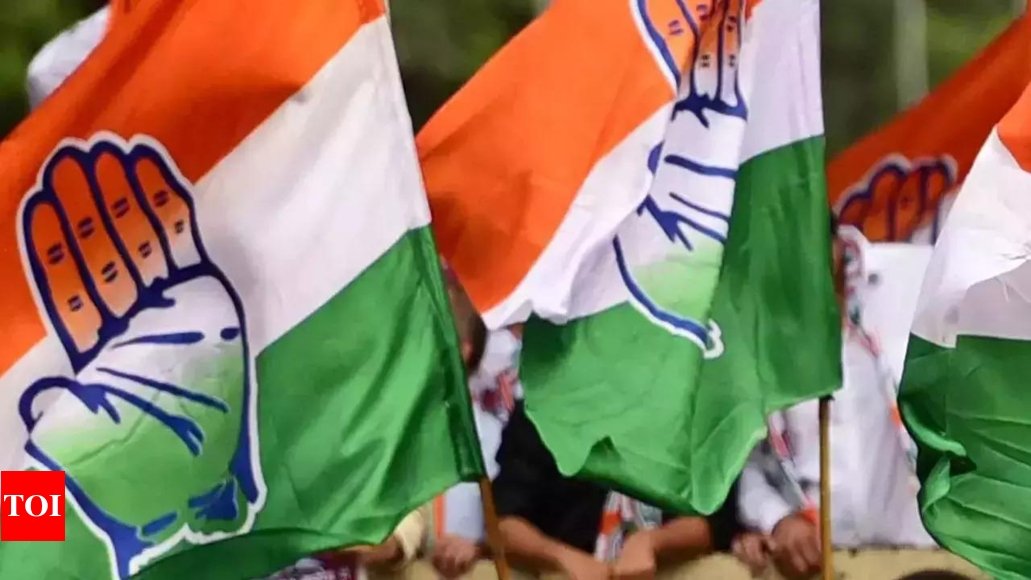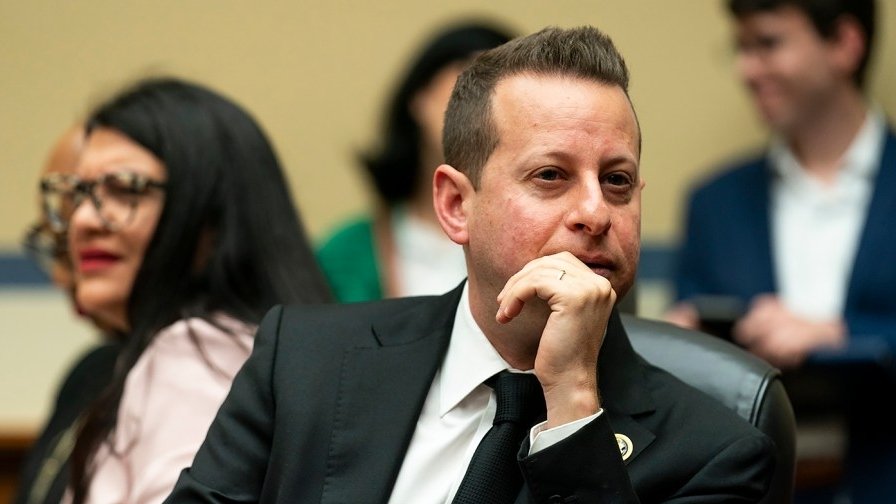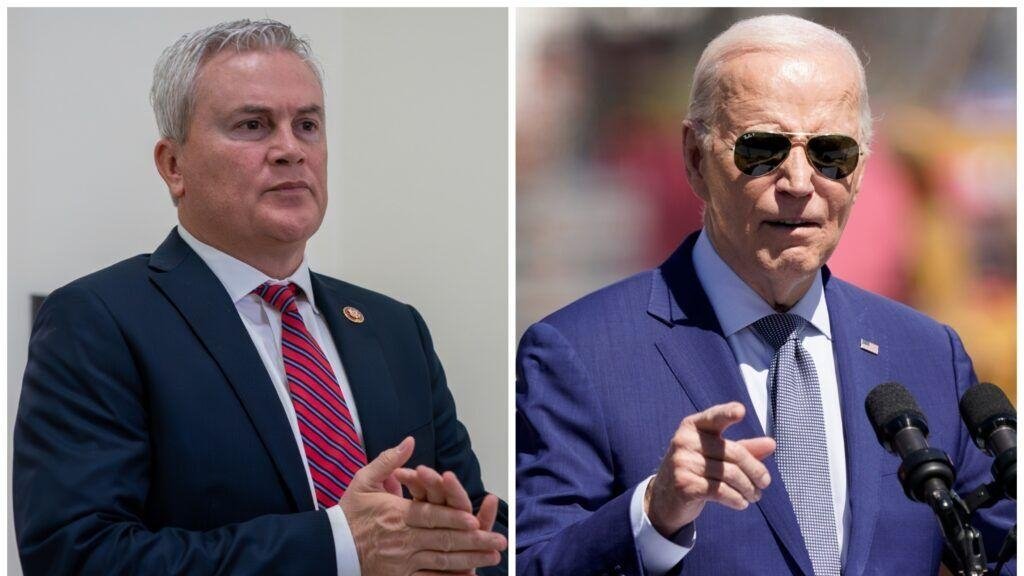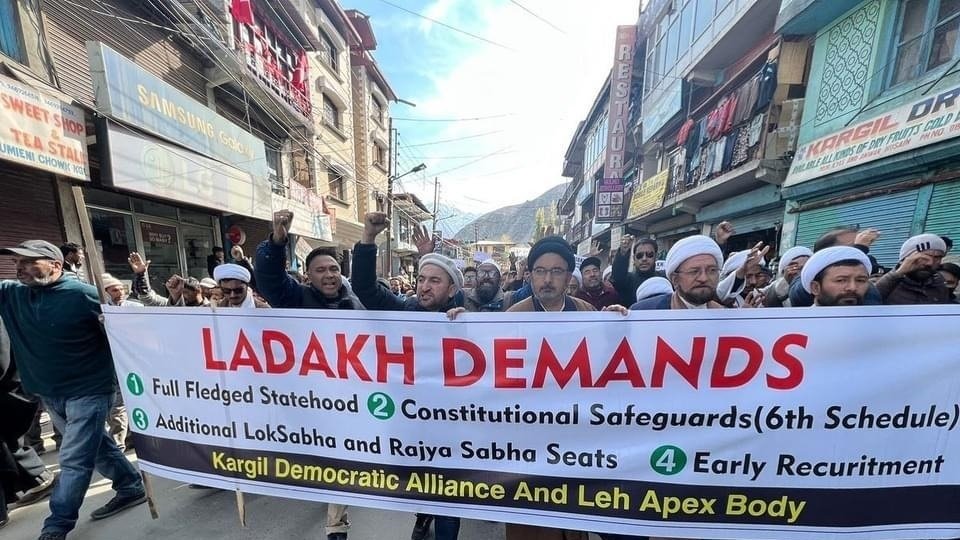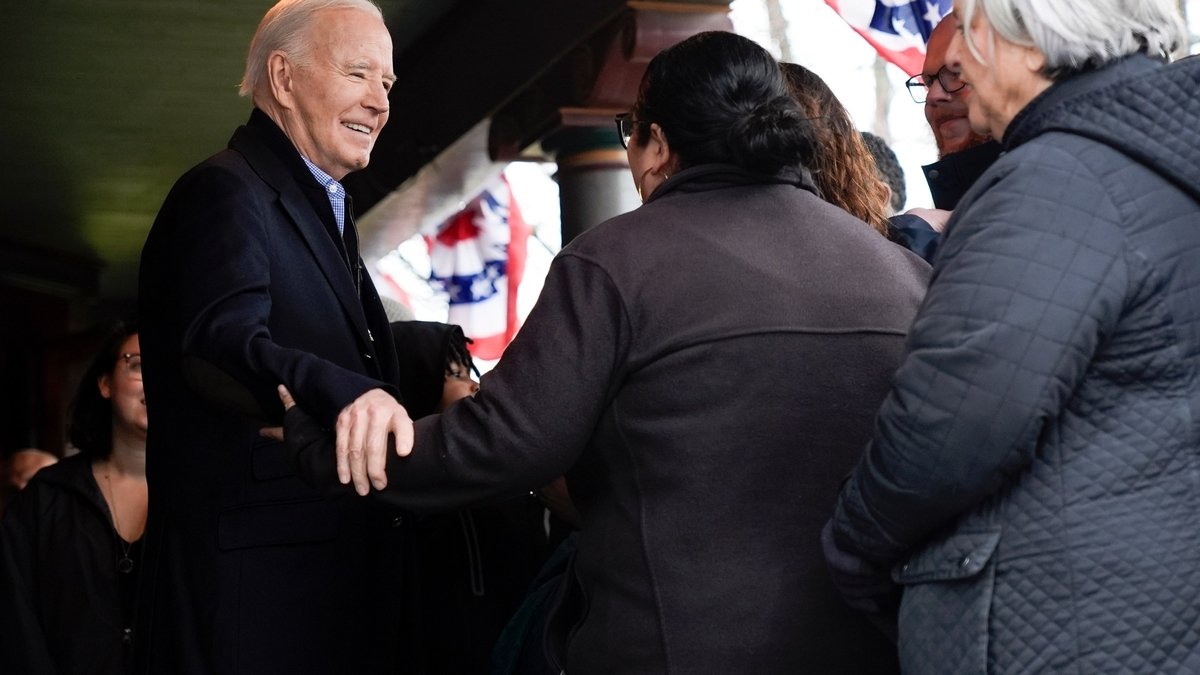Bihar Politics: A Political Chessboard of Alliance Changes and Speculations
The Bihar political theatre is teeming with speculation, unpredictability, and quickly shifting ties among significant parties. The potential reinvigoration of the Bharatiya Janata Party (BJP) and the Janata Dal (United) [JD(U)] collaboration, along with the complex dynamics in the Grand Alliance and India coalition, are significant plots in this intricate political drama, reports suggest from the source of Reader Wall.
JD(U) Plays a Pivotal Role in Alliance Dynamics
Sitting at the epicenter of this political staging is JD(U) led by Chief Minister Nitish Kumar. The party cannot escape the reverberating murmurs of a possible return to the BJP-facilitated National Democratic Alliance (NDA), contributing to the uncertain landscape. Amid these rumors, JD(U) state President Umesh Kushwaha remains steadfast in his dedication to the India coalition. Concurrently, he urges its alliance partner, Congress, to retrospect on its approach towards other members and seat distribution arrangements.
Alliance Politics: A Sensitive Balancing task
The concerns raised by JD(U) throw light on the brewing unease within the Grand Alliance and India coalition at large. With the delay in finalizing seat distribution deals and seeming lack of synchronization among partners, the friction simply escalates. The current turmoil elucidates the nuanced dynamics of alliance politics where competing interests and power battles determine the governance and decision-making direction.
Individual Leaders Influence on Alliance Dynamics
Amidst these political shifts, major players’ influence on alliance dynamics emerges as a critical aspect of the narrative. Scrutiny is intensified on Nitish Kumar’s leadership and JD(U)’s tactical moves, revealing the intricate interconnection of personal ambitions and political considerations. Further accentuating the importance of internal dynamics in outlining external alliances and alignments is the recent reorganization of the party and the induction of loyalists.
The consequential effects of these developments radiate beyond Bihar, unveiling the intricacies of coalition politics and the interaction between regional and national scenarios. Not only does Bihar’s volatile political alliances and rivalries have the power to send tremors through the national political framework, but they also carry the potential to reshape political realignments and alliances.




